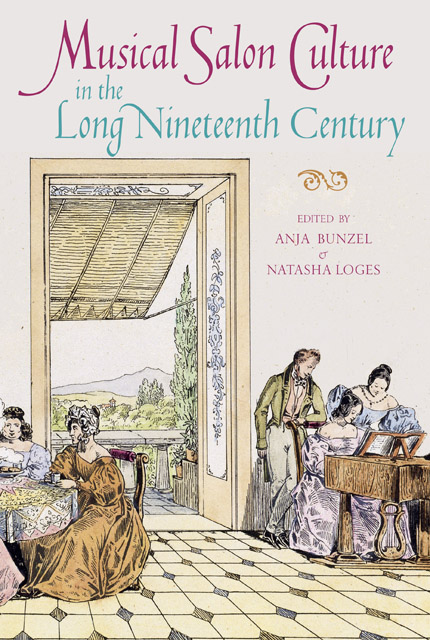10 - Affordances of the Piano: A Cinematic Representation of the Victorian Salon
Published online by Cambridge University Press: 17 January 2023
Summary
As a musical agent of domestic social discourse, the piano has few rivals in the nineteenth century. George Bernard Shaw’s remark in 1894 that ‘the pianoforte is the most important of all musical instruments; its invention was to music what the invention of printing was to poetry’ echoes a more general remembrance which is constantly affirmed in bourgeois culture throughout the 1800s and for long afterwards. Nevertheless, the mediating influence of the piano as a conduit of social meaning in cinema and literature has received considerably less attention than it warrants. Moreover, the representation of salon culture in nineteenth-century fiction, as well as in twentieth-century cinema, deepens the contextual and communicative significance of the piano intimated by Shaw’s observation.
In this chapter, I would like to show how the piano scenes in Mike Leigh’s film Topsy-Turvy (1999) inflect our understanding of salon culture as a mode of representation in which the medium of film affords new meaning to the musical transactions it portrays. The film is a brilliant dramatisation of the lives of W. S. Gilbert and Arthur Sullivan in the period leading up to and during the first production of their masterpiece, The Mikado (1885). But Topsy-Turvy is also a richly textured and intricate portrayal of Victorian society in which the piano variously and compellingly features as a nexus of social, sexual and emotional exchange. Several scenes in the film represent the piano at the heart of a salon culture in which music functions as an essential (rather than merely decorative or aesthetic) mode of social communication. These scenes represent the piano in a host of different settings (a private drawing-room, a brothel, a formal musical soirée and a bedroom); collectively, they explore the connection between music and social discourse in the late nineteenth century.
My reading of these scenes is informed by two preliminary considerations which, taken together, indicate a more general context in which this reading might be situated. Even if we allow for recent research on the piano in nineteenth-century musical culture (some of which stems from Cyril Ehrlich’s classic study which originally appeared in 1976), literary and cinematic representations of the piano remain to be investigated more thoroughly than has been the case to date.
- Type
- Chapter
- Information
- Musical Salon Culture in the Long Nineteenth Century , pp. 153 - 164Publisher: Boydell & BrewerPrint publication year: 2019

